Home>Garden Essentials>How Long Does It Take For Beans To Germinate?
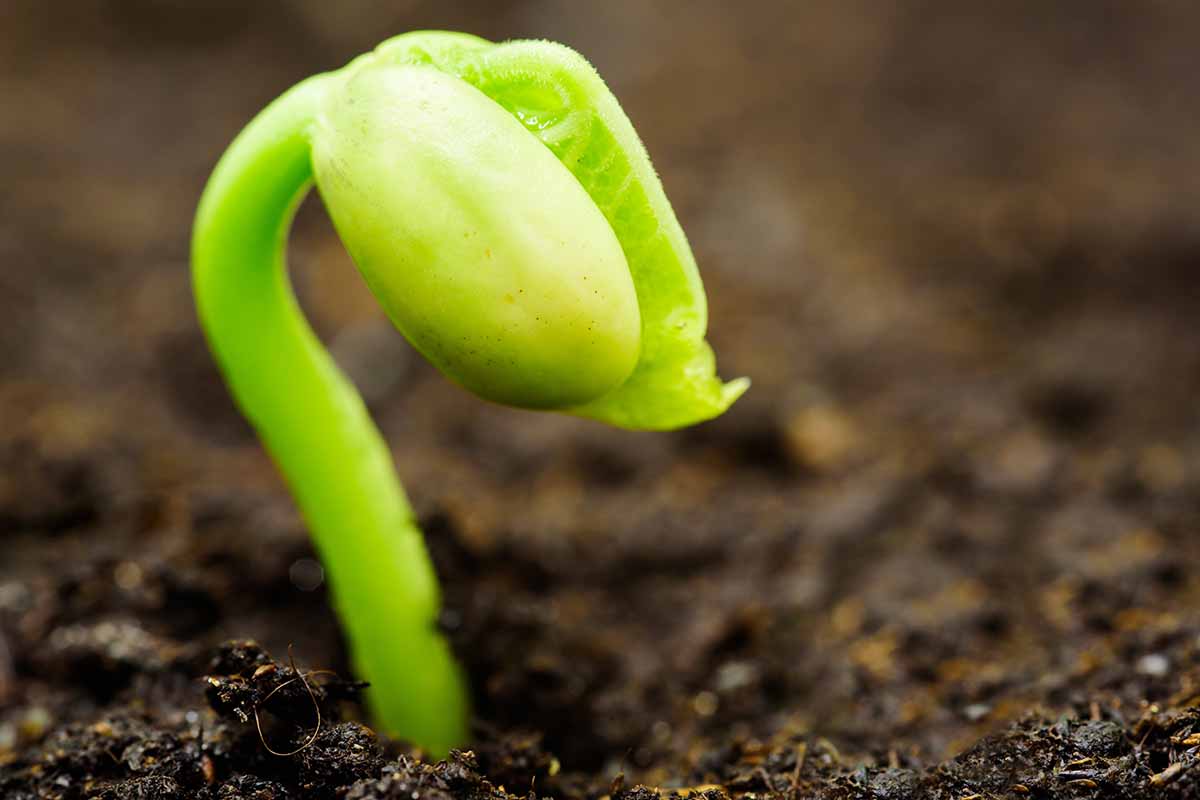

Garden Essentials
How Long Does It Take For Beans To Germinate?
Modified: August 28, 2024
Learn how long it takes for garden beans to germinate and start growing in this comprehensive guide. Discover the average germination time and tips for successful bean planting.
(Many of the links in this article redirect to a specific reviewed product. Your purchase of these products through affiliate links helps to generate commission for Storables.com, at no extra cost. Learn more)
Introduction
Gardening enthusiasts and plant lovers often find joy in growing their own vegetables, including beans. Whether you have a spacious backyard or a cozy balcony, beans are a versatile crop that can thrive in various gardening spaces. One of the key factors in successful bean cultivation is the germination process.
Germination is the process through which a seed develops into a young plant. It is a crucial stage in a plant’s life cycle, as it marks the beginning of growth and establishes the foundation for healthy plant development. For beginners or even seasoned gardeners, understanding the germination timeline for beans is essential for planning and achieving optimal results.
While the germination timeline for beans can vary depending on several factors, including the variety of bean and the growing conditions, there are some general guidelines that can help you estimate the time it takes for beans to germinate.
In this article, we will explore the factors that affect bean germination, the optimal conditions for germination, the germination timeline for different types of beans, tips for speeding up the germination process, and common problems that may arise during germination.
So, if you’re ready to learn more about the exciting process of bean germination and how to achieve successful results, let’s dive in!
Key Takeaways:
- Beans need warmth, moisture, and proper planting depth to sprout. Pre-soaking seeds and providing optimal conditions can speed up germination, leading to a successful bean-growing adventure.
- Understanding factors like temperature, moisture, and seed quality is crucial for healthy bean germination. Troubleshooting common problems, such as poor germination and pest damage, ensures a bountiful harvest of delicious beans.
Factors Affecting Bean Germination
Several factors can influence the germination of beans. Understanding these factors empowers gardeners to create optimal conditions for successful germination. Let’s take a closer look at the key factors that affect bean germination:
1. Temperature: Beans are warm-season crops that require adequate heat to germinate. The ideal temperature range for bean germination is between 70°F and 85°F (21°C – 29°C). Temperatures below 50°F (10°C) can significantly slow down or inhibit germination, while temperatures above 95°F (35°C) can cause seed damage or prevent germination altogether.
2. Water: Adequate moisture is vital for bean germination. Beans should be planted in well-draining soil and kept consistently moist during the germination period. Excess water can lead to rot or fungal diseases, while insufficient moisture can delay or hinder germination.
3. Light: Unlike many other seeds, beans do not require light to germinate. They can germinate in complete darkness or low light conditions. In fact, beans germinate best in dark environments as exposure to light can inhibit germination. However, once the seedling emerges from the soil, it requires sufficient light for photosynthesis and healthy growth.
4. Seed quality: The quality and viability of the bean seeds can play a crucial role in germination success. It’s essential to use fresh, high-quality seeds obtained from a reputable source. Seeds that are old, damaged, or improperly stored may have lower germination rates.
5. Soil conditions: The texture and nutrient content of the soil can impact bean germination. Beans prefer well-draining soil with a slightly acidic to neutral pH range of 6.0 to 7.0. Rich and fertile soil with ample organic matter ensures a favorable environment for germination and early plant growth.
6. Seed depth: Beans should be planted at an appropriate depth to ensure successful germination. Most bean varieties require a planting depth of about 1 to 1.5 inches (2.5 to 3.8 cm). Planting seeds too deep or too shallow can affect germination rates.
7. Seed scarification: Some bean varieties have a hard seed coat that may require scarification to enhance germination. Scarification involves nicking or breaking the seed coat to allow moisture to penetrate and initiate germination. This process can be done by gently rubbing the seeds with sandpaper or soaking them in warm water overnight before planting.
By considering these factors and providing the optimal conditions, gardeners can significantly increase the chances of successful bean germination. Now that we’ve explored the factors affecting bean germination, let’s move on to understanding the optimal conditions required for germination.
Optimal Conditions for Germination
Creating the right conditions for bean germination is essential for maximizing success. By providing optimal conditions, gardeners can ensure that the seeds have everything they need to sprout and develop into healthy seedlings. Here are the key elements to consider when creating optimal conditions for bean germination:
1. Temperature: Beans require a warm and consistent temperature to germinate. As mentioned earlier, the ideal temperature range for bean germination is between 70°F and 85°F (21°C – 29°C). You can use a seedling heat mat or a warm, well-lit location to maintain the desired temperature during germination.
2. Moisture: Adequate moisture is crucial for germination. Keep the soil consistently moist, but avoid waterlogging or allowing the soil to dry out. Maintain a fine mist or gentle watering technique to avoid displacing the seeds or causing soil compaction.
3. Light: Although beans can germinate in darkness, providing a warm, well-lit location can help stimulate growth and improve germination rates. If using artificial lighting, ensure that the light source is positioned at an appropriate distance and emits the right spectrum for plant growth.
4. Oxygen: Oxygen is essential for germination as it supports cellular respiration in the seeds. Ensure that the soil has good aeration and is not overly compacted, allowing oxygen to reach the seed. Avoid over-watering or using heavy, water-retaining soils that can hinder oxygen availability.
5. Seed spacing: Proper seed spacing is crucial for providing adequate resources to each germinating seed. Follow the recommended spacing guidelines for the specific bean variety you are growing. Overcrowding can lead to competition for resources and hamper germination and seedling growth.
6. Germination time: Different bean varieties have varying germination times. Refer to the packaging or seed catalog for specific information on the germination duration of the bean variety you are planting. Patience is key during this stage as some beans may take longer to germinate than others.
7. Protection from pests and diseases: Protecting the germinating seeds from pests and diseases is essential for successful germination. Use physical barriers, organic pest control methods, or carefully selected insecticides to prevent damage from pests. Additionally, ensure that the planting site and tools are clean and free from disease-causing organisms.
By providing the optimal conditions of temperature, moisture, light, oxygen, seed spacing, and protection from pests and diseases, you can set the stage for successful bean germination. Now that we’ve covered the optimal conditions, let’s explore the germination timeline for different types of beans.
Germination Timeline for Different Types of Beans
The germination timeline for beans can vary depending on the specific bean variety and growing conditions. However, there are general estimates for the germination timeframe of different types of beans. Here’s a basic guideline for the germination timeline:
1. Bush Beans: Bush beans are known for their compact growth habit and shorter germination period. On average, bush beans can germinate within 7 to 10 days after planting. This quick germination makes bush beans a popular choice for gardeners who want a faster yield.
2. Pole Beans: Pole beans are vining plants that require support to grow upright. They generally have a slightly longer germination period compared to bush beans. Pole beans typically take around 10 to 14 days to germinate, but this can vary based on specific soil and temperature conditions.
3. Lima Beans: Lima beans have a longer germination period compared to both bush and pole beans. It can take approximately 10 to 14 days for lima beans to germinate. These beans prefer warmer soil temperatures and may require a longer growing season compared to other bean varieties.
4. Runner Beans: Runner beans are popular for their colorful flowers and vigorous growth. They generally have a similar germination timeframe as pole beans, taking around 10 to 14 days to sprout. However, they can be a bit slower to reach maturity compared to other bean types.
5. Soybeans: Soybeans have a relatively longer germination period compared to other bean varieties. It can take anywhere from 7 to 14 days for soybeans to germinate, depending on the specific cultivar and growing conditions. Patience is key when growing soybeans as they require a longer growing season.
It’s important to note that these germination timelines are estimates and can be influenced by various factors like temperature, soil moisture, and seed quality. Additionally, each bean variety may have specific requirements, so always refer to the seed packets or consult reliable sources for accurate information.
Now that we have a general understanding of the germination timeline for different types of beans, let’s move on to some useful tips for speeding up the bean germination process.
Keep the soil consistently moist but not waterlogged, and provide warmth and sunlight. Most beans will germinate within 7-10 days.
Tips for Speeding Up Bean Germination
As a gardener, you may be eager to see your beans sprout and start their journey towards healthy growth. While germination time is natural and can’t be rushed, there are several tips and techniques you can employ to help expedite the bean germination process. Here are some helpful tips for speeding up bean germination:
1. Pre-soaking: Before planting, consider pre-soaking your bean seeds overnight. This process helps soften the seed coat and kick-starts the germination process. Place the seeds in a container with water and let them soak for 8 to 12 hours. After pre-soaking, plant the seeds in the soil as usual.
2. Scarification: Certain bean varieties may have tough seed coats that inhibit water absorption. Gently scarify these seeds by lightly rubbing them with sandpaper or nicking the seed coat with a small knife. This mechanical scarification allows water to penetrate the seed, expediting germination.
3. Warm soil: Beans thrive in warm soil, and providing optimal soil temperature can encourage faster germination. Use a soil thermometer to ensure that the soil temperature is within the ideal range of 70°F to 85°F (21°C – 29°C). Consider using a raised bed or a black plastic mulch to help warm the soil more quickly.
4. Use a seedling heat mat: A seedling heat mat is a great tool for promoting faster germination, especially in cooler climates or during early spring plantings. Place the heat mat under the seed trays or containers to provide consistent bottom heat, which can significantly speed up germination.
5. Optimal moisture: Maintaining optimal moisture levels is crucial for germination. Ensure that the soil is consistently moist, but avoid overwatering, as excessive moisture can lead to seed rot or fungal diseases. Use a misting bottle or watering can with a fine nozzle to water gently and evenly.
6. Provide good airflow: Proper airflow around the seeds can help prevent fungal diseases and ensure oxygen circulation. Avoid overcrowding seeds and ensure there is enough space between them for air to circulate. You can also use a fan on a low setting to provide gentle air movement.
7. Enhance soil fertility: Beans benefit from nutrient-rich soil for robust germination. Before planting, amend the soil with organic matter, such as compost or well-rotted manure, to improve fertility and provide necessary nutrients. This can give the seeds a nutrient boost and support faster germination.
By following these tips and providing optimal conditions, you can help speed up the bean germination process. Remember that different varieties may have slightly different germination rates, so be patient and monitor the progress of your seeds. Now, let’s move on to the next section where we will discuss common problems that may arise during bean germination and how to troubleshoot them.
Common Problems and Troubleshooting
While bean germination is usually a straightforward process, gardeners may encounter certain problems that can hinder or delay germination. Understanding these common issues and knowing how to troubleshoot them can help ensure successful bean germination. Here are some common problems and their troubleshooting solutions:
1. Poor germination: If you experience low germination rates or seeds that fail to sprout, several factors could be at play. Check the quality of your seeds and make sure they are fresh and viable. Ensure that the soil temperature and moisture levels are within the optimal range. Consider factors like improper scarification or seed depth, and adjust your planting techniques accordingly.
2. Fungal diseases: Beans are susceptible to fungal diseases like damping-off, which can cause rotting of seeds or seedlings. To prevent this, ensure good soil drainage and proper airflow around the seeds. Avoid overwatering and water stagnant conditions. Consider using a sterilized seed-starting mix or treating the seeds with a fungicide before planting.
3. Pest damage: Some pests, such as cutworms or seedcorn maggots, may feed on bean seeds or seedlings, causing damage or death. Protect your seeds by using physical barriers like row covers or planting collars. Regularly monitor the plants for signs of pest damage and take appropriate control measures if necessary.
4. Cold temperatures: Beans are warm-season crops and are sensitive to cold temperatures. Planting beans too early when the soil is still cold can result in poor germination. Wait until the soil has warmed up to the optimal temperature range for beans. Consider using season extenders like row covers or cloches to shield the young plants from cold snaps.
5. Inadequate moisture: Insufficient moisture can delay or inhibit germination. Ensure that the soil stays consistently moist, but not overly saturated. Monitor the moisture levels regularly and water as needed. Consider using mulch to help retain soil moisture and regulate temperature fluctuations.
6. Incorrect planting depth: Planting beans too deep or shallow can affect germination rates. Follow the recommended planting depth for the specific bean variety you are growing. On average, beans are typically planted at a depth of about 1 to 1.5 inches (2.5 to 3.8 cm).
7. Nutrient deficiencies: A lack of essential nutrients can affect the germination and growth of beans. Ensure that the soil is well-balanced and amend with organic matter or balanced fertilizers before planting. Conduct a soil test to identify any nutrient deficiencies and adjust your fertilization practices accordingly.
By being aware of these common problems and implementing the appropriate troubleshooting techniques, you can overcome challenges and ensure successful bean germination. Remember to monitor your plants regularly, observe any signs of distress, and take proactive measures to address issues as they arise.
Now that we’ve covered common problems and troubleshooting, let’s wrap up with some concluding thoughts.
Conclusion
Understanding the germination process is essential for successful bean gardening. By considering the factors that affect bean germination, creating optimal conditions, and following some helpful tips, you can increase the chances of quick and healthy germination. Remember to pay attention to temperature, moisture, light, seed quality, soil conditions, and proper seed planting depth to set the stage for successful germination.
While the germination timeline can vary for different types of beans, it’s important to be patient and allow nature to take its course. Monitoring the progress of your seeds and troubleshooting common problems can help ensure optimal germination rates and healthy seedling growth.
Remember to provide the right amount of warmth, moisture, and airflow while protecting your seeds from pests and diseases. Be mindful of potential challenges like fungal diseases, cold temperatures, and inadequate moisture, and take appropriate measures to mitigate these issues.
Growing beans from seed to seedling is an exciting journey that requires attention, care, and a little bit of knowledge. By taking the time to understand the germination process and implementing the best practices, you can enjoy a bountiful harvest of delicious and nutritious beans.
So, whether you’re growing bush beans, pole beans, lima beans, runner beans, or soybeans, remember that successful germination is the first step towards a fruitful and rewarding gardening experience. Embrace the process, learn from your experiences, and enjoy the satisfaction of watching your beans grow from tiny seeds to thriving plants.
Now, armed with a deeper understanding of bean germination, go ahead and embark on your bean-growing adventure with confidence!
Now that you've mastered how long beans take to sprout, maybe you're curious about how to initiate this process yourself. Our guide on how to germinate a bean offers detailed steps to ensure your beans start off strong. And if you're looking to spruce up your garden while you're at it, don't miss our creative compilation of 40 best garden fence ideas to try in 2022 that can transform your outdoor space into a delightful sanctuary.
Frequently Asked Questions about How Long Does It Take For Beans To Germinate?
Was this page helpful?
At Storables.com, we guarantee accurate and reliable information. Our content, validated by Expert Board Contributors, is crafted following stringent Editorial Policies. We're committed to providing you with well-researched, expert-backed insights for all your informational needs.

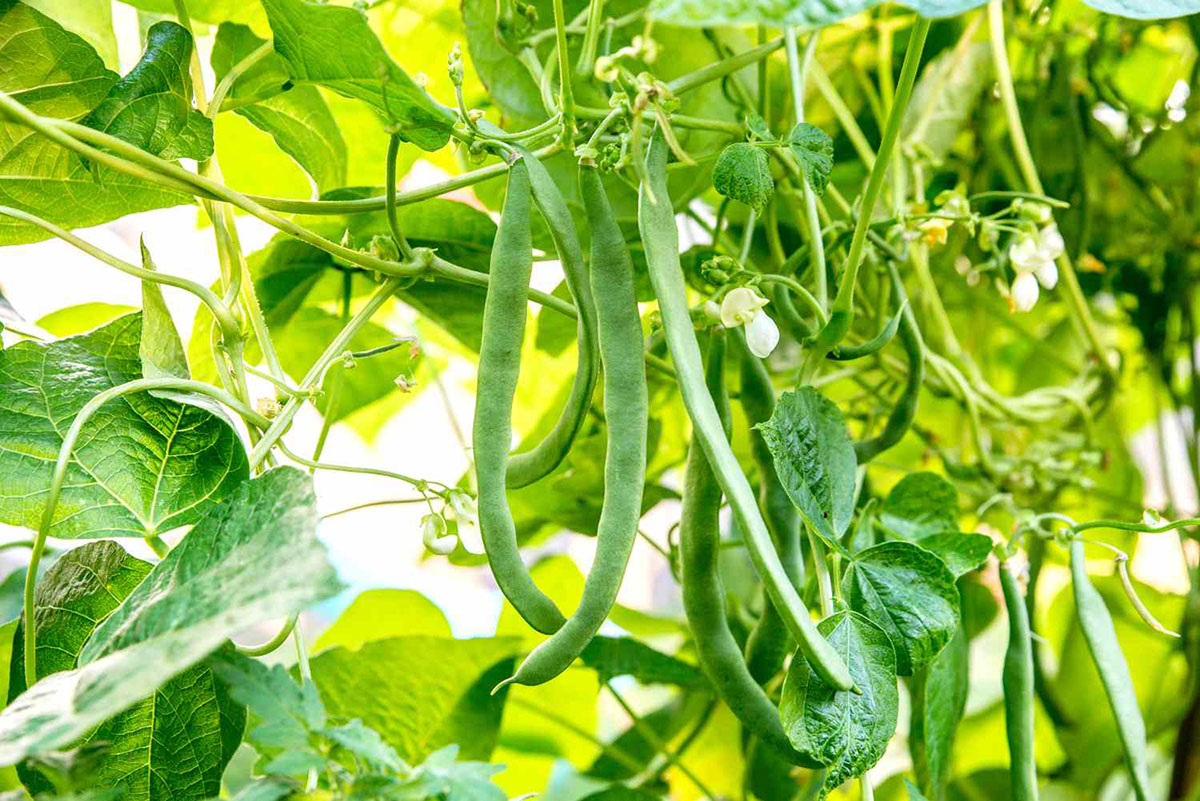
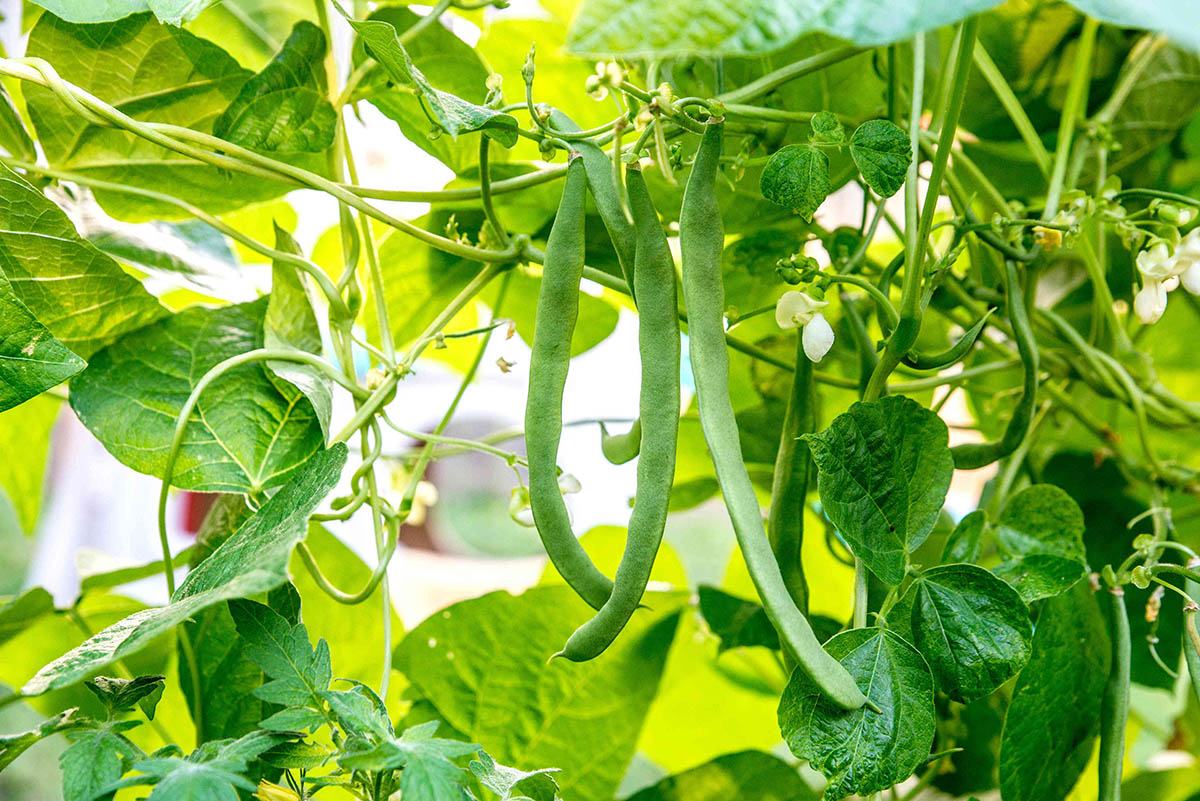

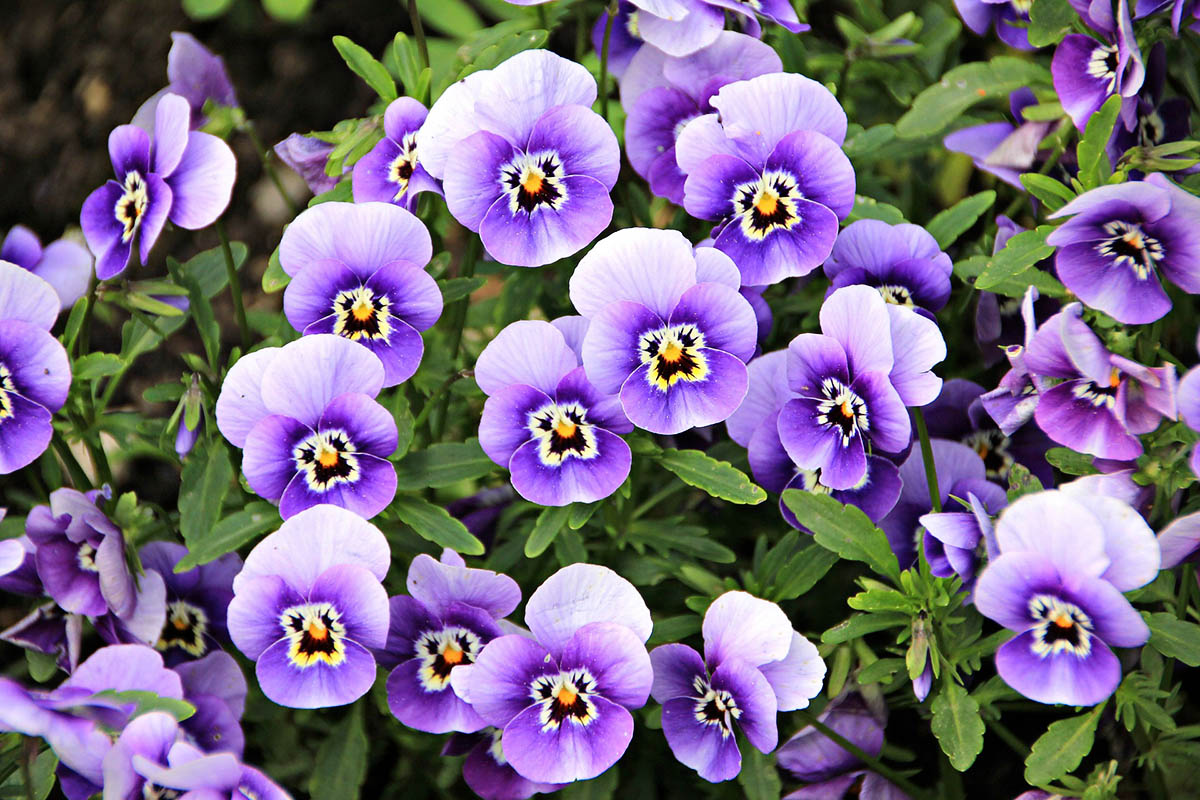
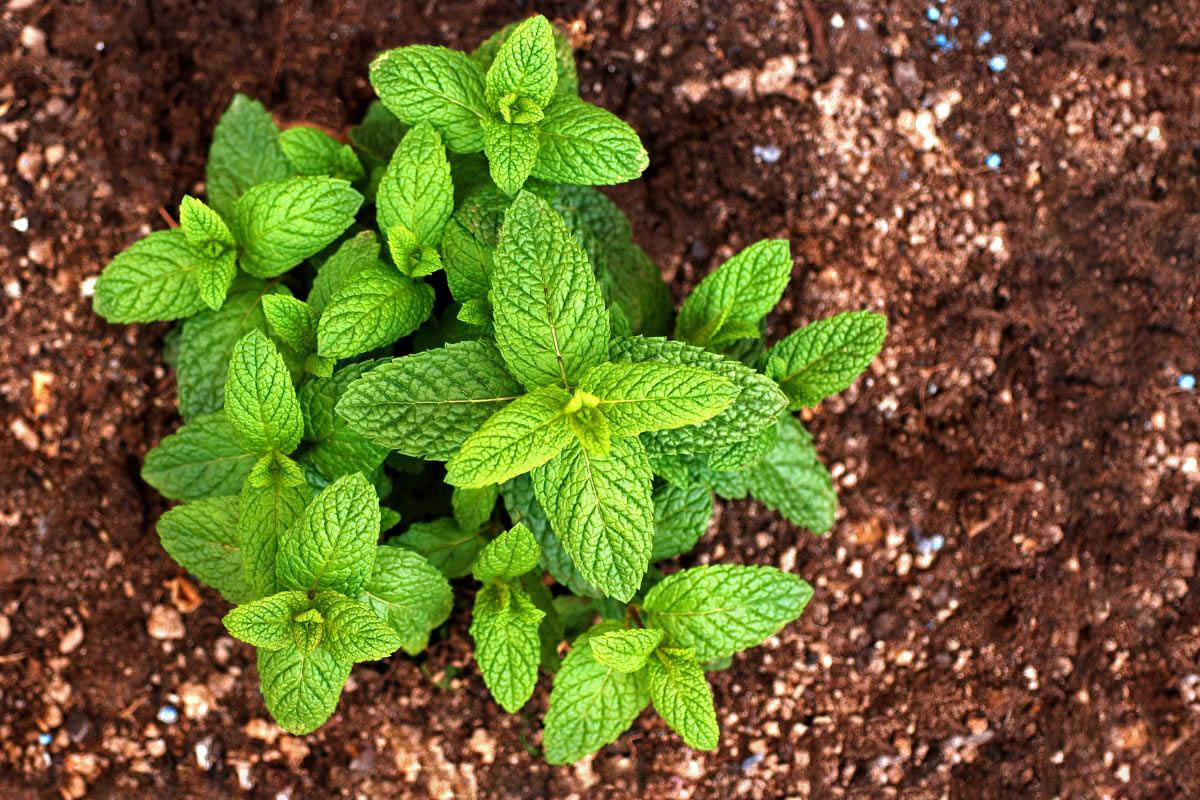


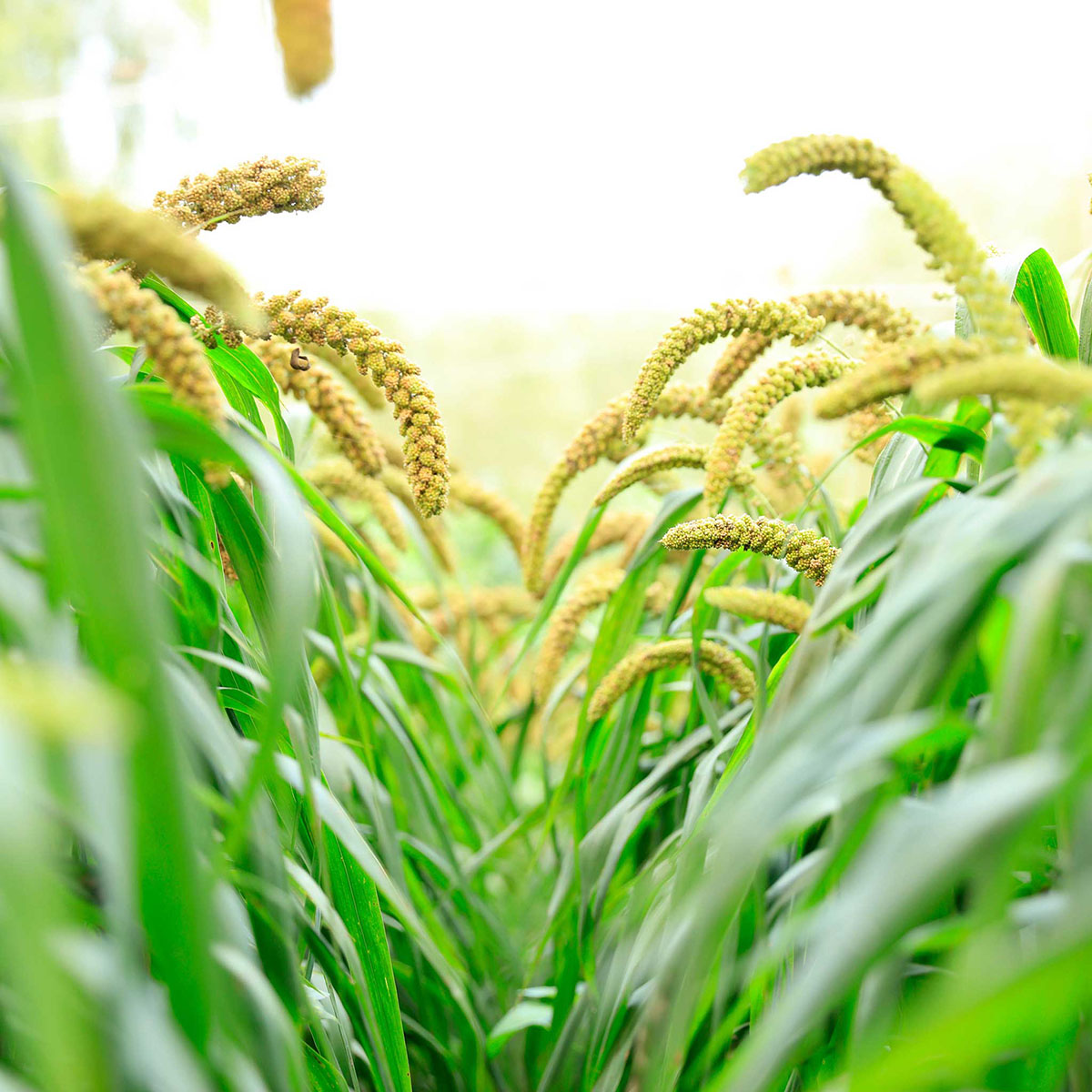
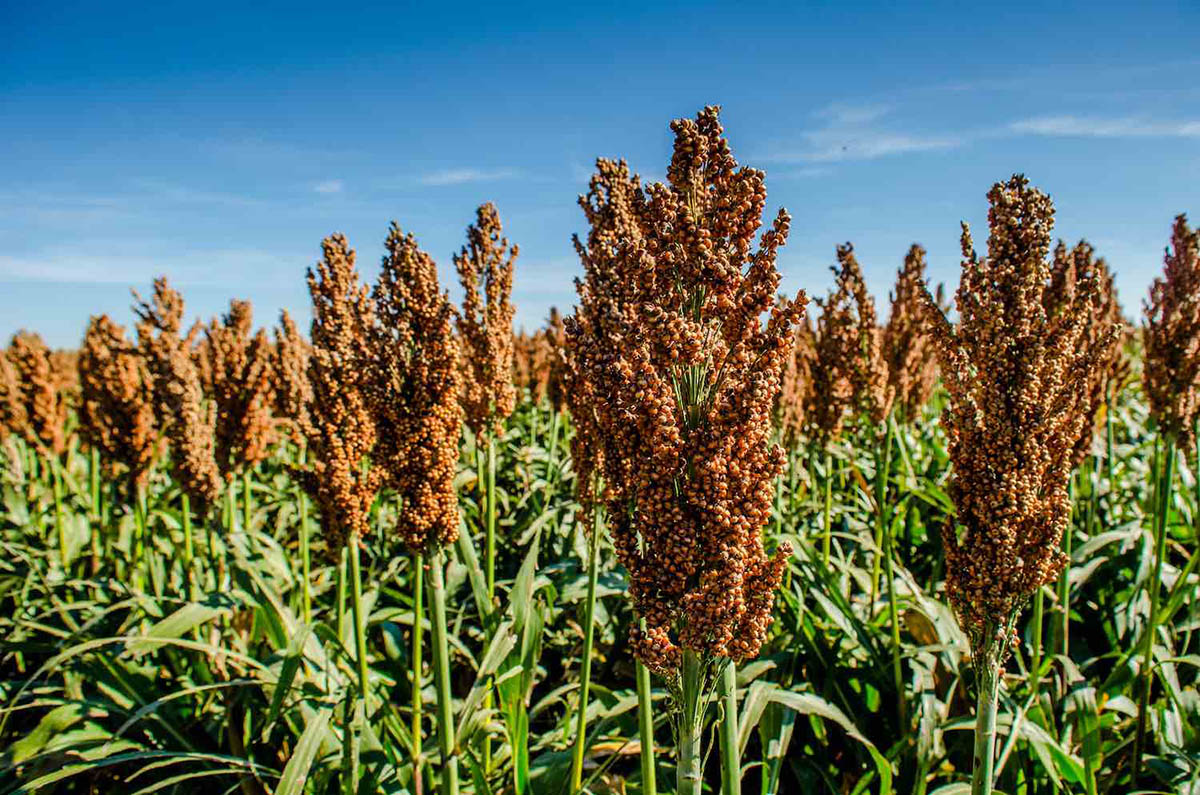

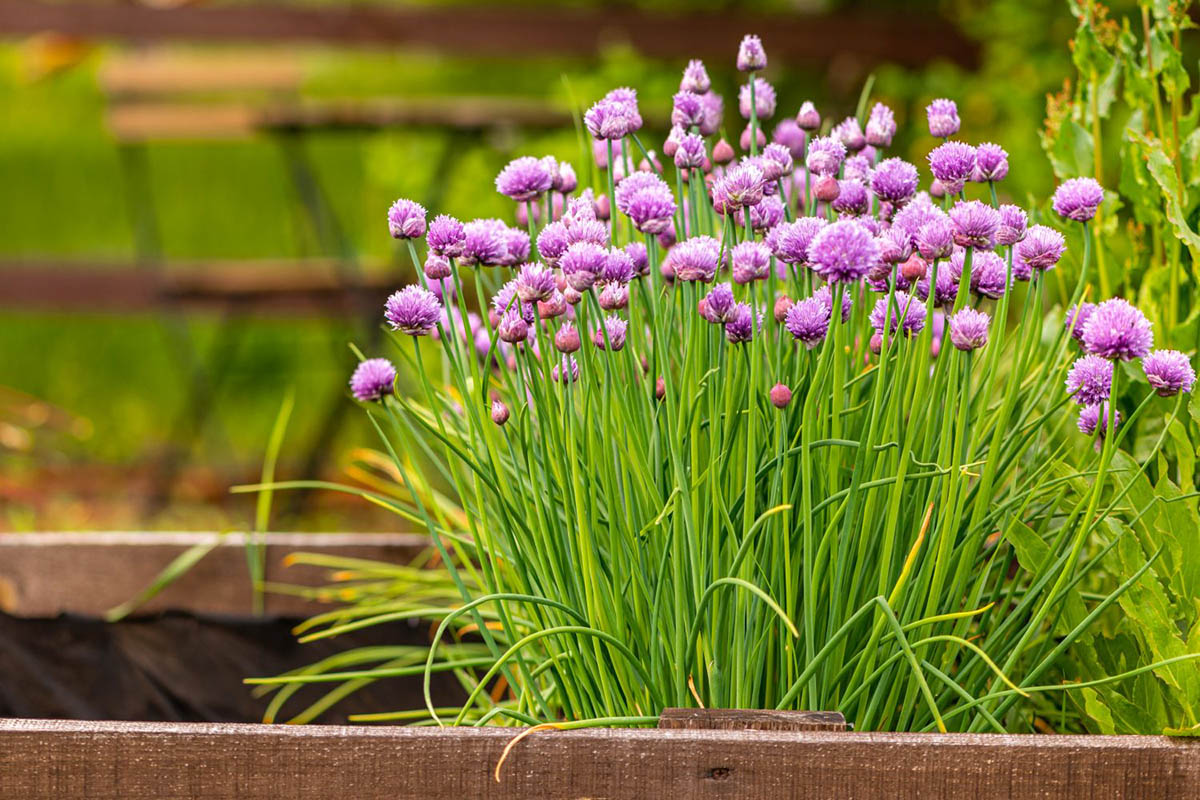

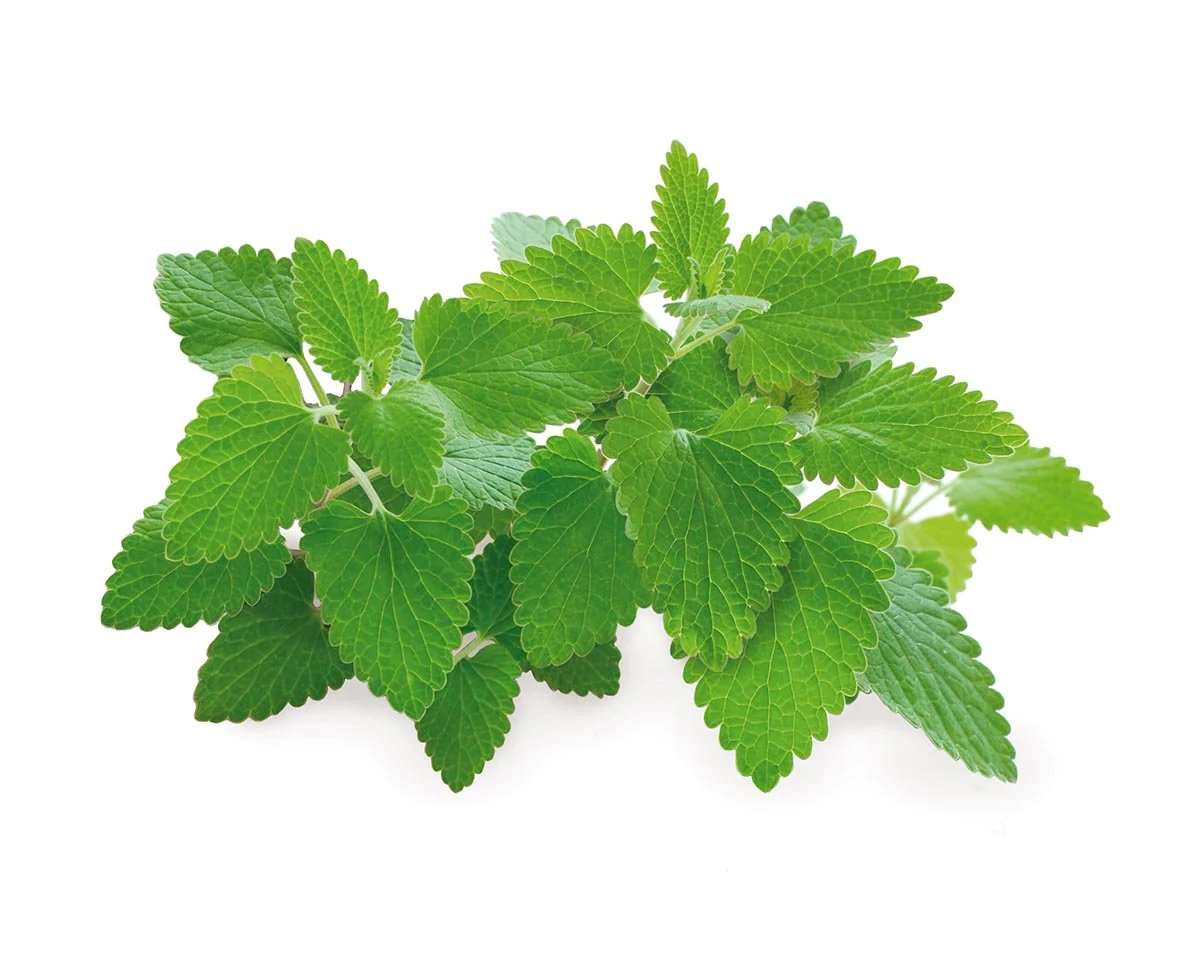

0 thoughts on “How Long Does It Take For Beans To Germinate?”